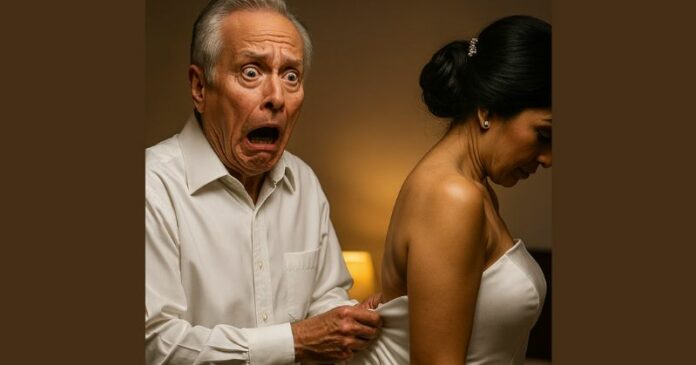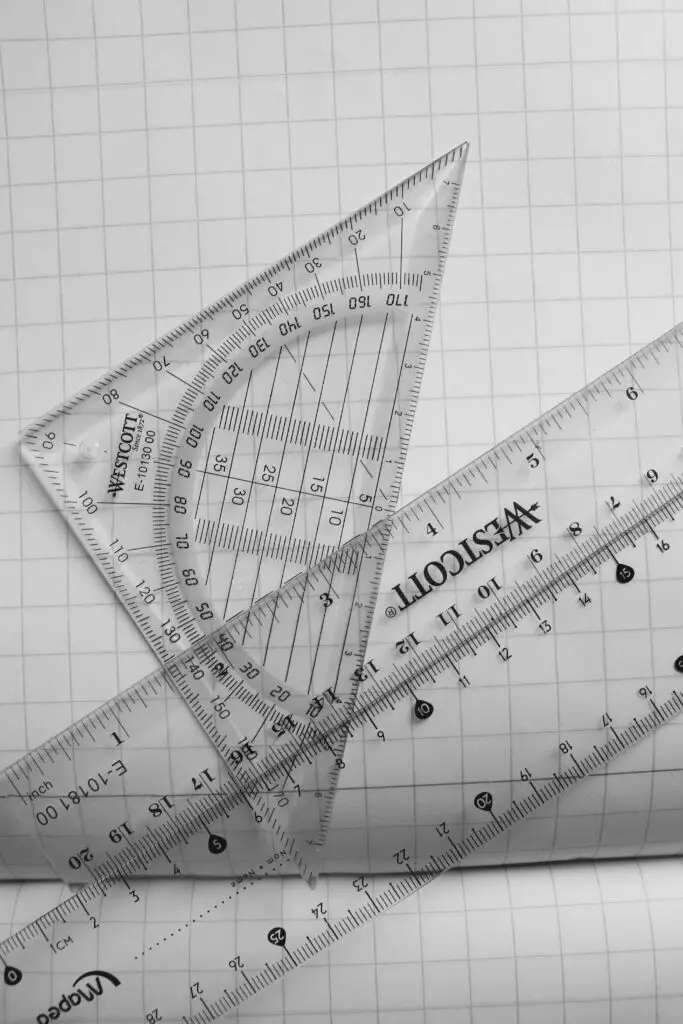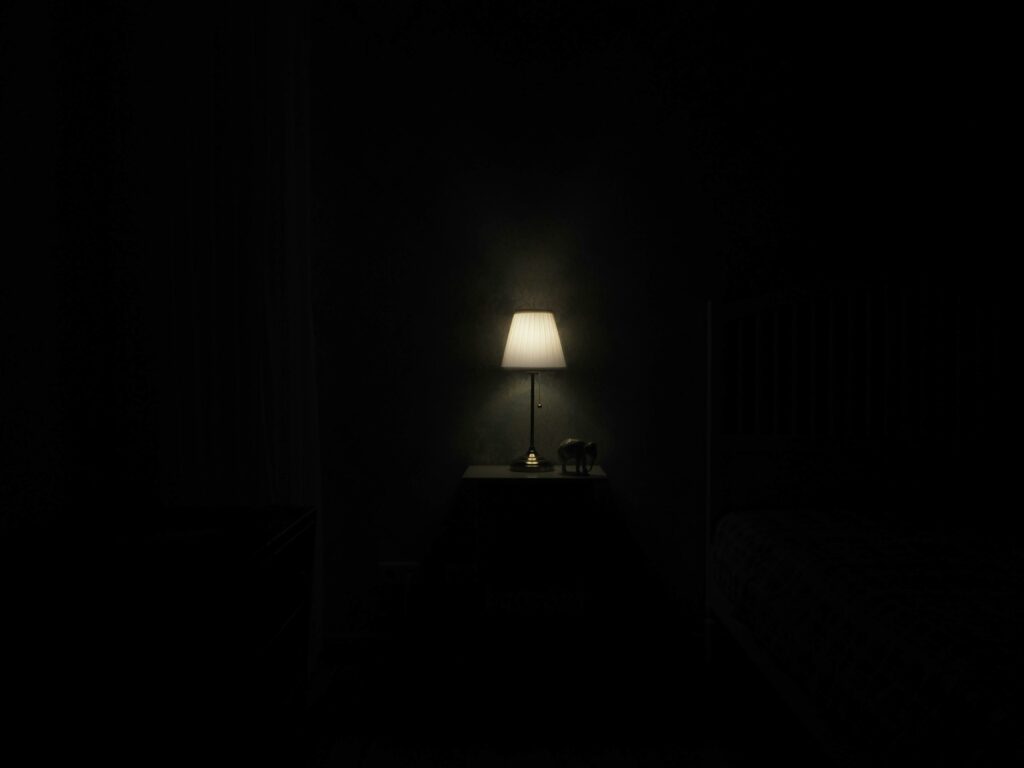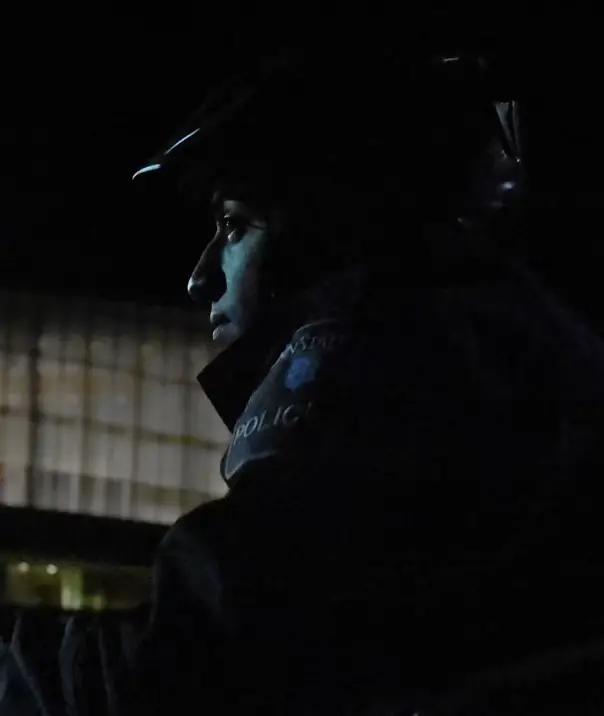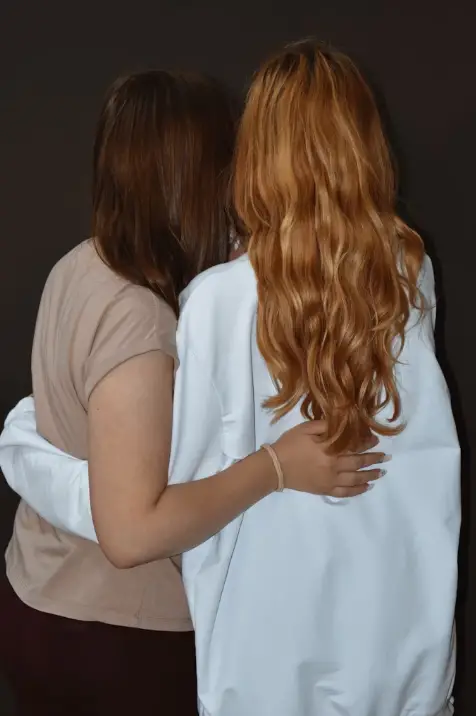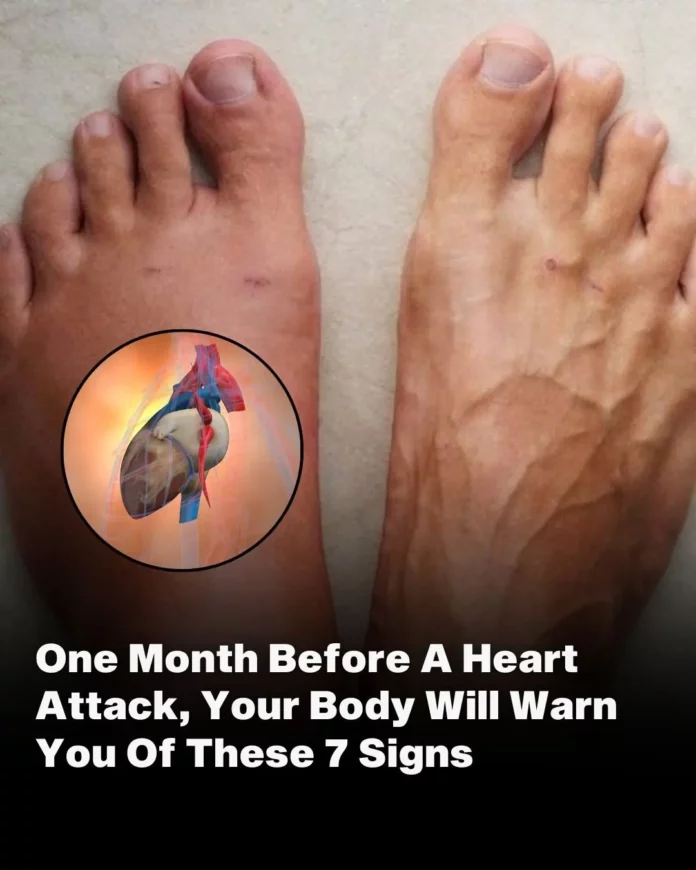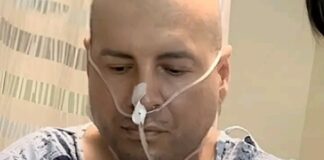Richard, 61, had been living a life of solitude since his wife died eight years ago. His children checked on him every once in a while, helping him with money and medicine, but their lives were so busy that there was little time for bonding.
He somehow got used to the thought of spending the rest of his life all by himself, until he stumbled upon a familiar name on Facebook: Anna Whitmore, his first love.
Anna was the girl he made a vow to himself to marry, but he never fulfilled that promise. Her hair was as red-bright as autumn leaves, and her laughter was contagious. At least that was how he remembered her.
Sadly, her family decided to move places, and Richard didn’t even get the chance to say goodbye. All these years, he had no idea where she was or how her life turned out.
And now, to see her again, with streaks of gray in her hair, flooded him with the warmth of old memories. The two got back in touch, shared stories about their lives, and had long conversations over coffee dates.
Shortly after, he proposed, and she said, “yes.”
The wedding was simple. Richard had on a navy suit, and his bride an ivory silk dress. Friends murmured that they looked like teenagers.

But, the evening would take a startling turn.
As Richard helped her out of her dress, he noticed a scar on her wrist and by her collarbone. Alarmed, he asked softly, “Did somebody hurt you?”
She froze. Then she said with a voice that shook between fear and guilt, “Richard… my name isn’t Anna.”
She then went on to explain that Anna was her sister. “She died young,” she said. “Our parents buried her quietly. Family and friends always said I looked like her, spoke like her — I became a shadow of her. When you contacted me on Facebook, I couldn’t help myself. That someone looked at me the same way they looked at Anna, that was the first time it ever happened to me, and I didn’t want to let it go.”
Richard was shocked. The woman standing next to him wasn’t his old love.
He was mad at first, but then he looked at her and understood her reasons. Eleanor, that’s what her name was, had spent her life unnoticed, overshadowed by her sister.
“All I ever wanted was to know what it feels like to be chosen, just once,” Eleanor said, asking for forgiveness.
Without saying anything, Richard lay beside her. He was torn between the memory of his first love and this woman who had taken her place.
Richard took a deep breath, and quietly made up his mind: To stay with her, to accept the present instead of grieving over the past and to start a new chapter with Eleanor, unexpected one, but theirs.
Please SHARE this article with your family and friends on Facebook.
Bored Daddy
Love and Peace

